Lighting and Controls
Overcoming the 'Automation Paradox' in Smart Lighting Systems
Combatting Flicker and Glare in Automated Lighting Systems
Lighting and Controls

BAS for Lighting Control and Energy Management
Building Automation Systems (BAS) are intelligent networks that manage and optimize various aspects of a building's operation. One of their most impactful applications is in lighting control, contributing significantly to energy efficiency and cost savings. This article explores how BAS leverage different strategies to optimize lighting systems, analyzing their benefits, considerations, and potential drawbacks.
Visit Our Building Automation Study Course
Optimizing Lighting with BAS: Strategies and Applications
BAS employ several key strategies to optimize lighting...
Related Articles

Combatting Flicker and Glare in Automated Lighting Systems
Building Automation Systems (BAS) offer a powerful solution for optimizing lighting systems within modern buildings. However, achieving optimal lighting control goes beyond just energy efficiency. Ensuring visual comfort for occupants is equally important. BAS encompass various elements...
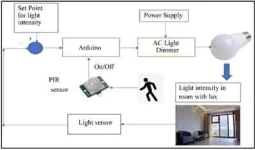
Beyond Basic Sensors in Smart Lighting
In the realm of building automation, lighting control has evolved from basic on/off functionality to sophisticated systems capable of responding to detailed environmental and occupancy changes. Advanced sensors play a pivotal role in this evolution, enabling smarter, more energy-efficient, and...

Illuminating Decisions: EPRI Lights the Way for Modern Lighting Adoption
Facility managers and operators understand the critical role lighting plays in their daily operations. Accounting for roughly 30% of a commercial building's energy load, lighting significantly impacts energy consumption and associated maintenance costs. However, focusing solely on the...
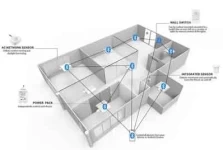
Wireless Mesh Networks in Scalable Lighting Control
Wireless mesh networks represent a significant evolution in communication technology, offering a robust, flexible, and scalable solution for building automation, especially in lighting control systems. Unlike traditional star topology networks, mesh networks consist of nodes that directly...
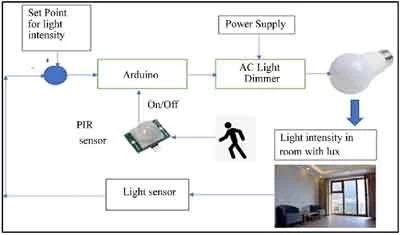
Beyond Basic Sensors in Smart Lighting
In the realm of building automation, lighting control has evolved from basic on/off functionality to sophisticated systems capable of responding to detailed environmental and occupancy changes. Advanced sensors play a pivotal role in this evolution, enabling smarter, more energy-efficient, and...
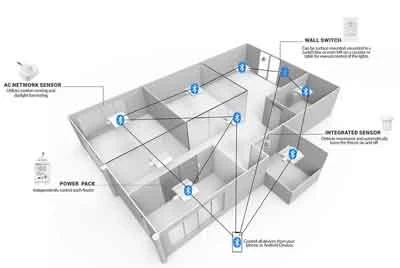
Wireless Mesh Networks in Scalable Lighting Control
Wireless mesh networks represent a significant evolution in communication technology, offering a robust, flexible, and scalable solution for building automation, especially in lighting control systems. Unlike traditional star topology networks, mesh networks consist of nodes that directly...

Overcoming the 'Automation Paradox' in Smart Lighting Systems
Building Automation Systems (BAS) offer significant advantages for lighting control within smart buildings. These systems can optimize energy efficiency, reduce operational costs, and potentially enhance occupant comfort through features like automated dimming and occupancy sensing. However,...
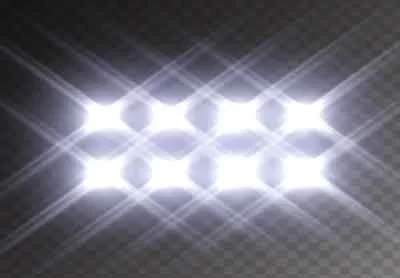
Combatting Flicker and Glare in Automated Lighting Systems
Building Automation Systems (BAS) offer a powerful solution for optimizing lighting systems within modern buildings. However, achieving optimal lighting control goes beyond just energy efficiency. Ensuring visual comfort for occupants is equally important. BAS encompass various elements...

BAS for Lighting Control: Balancing Efficiency
Building automation systems (BAS) integrate various components within a building's infrastructure, including heating, ventilation, air conditioning (HVAC), and notably, lighting and controls. The essence of these systems lies in their ability to enhance the functionality, comfort, and energy...

BAS for Lighting Control and Energy Management
Building Automation Systems (BAS) are intelligent networks that manage and optimize various aspects of a building's operation. One of their most impactful applications is in lighting control, contributing significantly to energy efficiency and cost savings. This article explores how BAS leverage...
